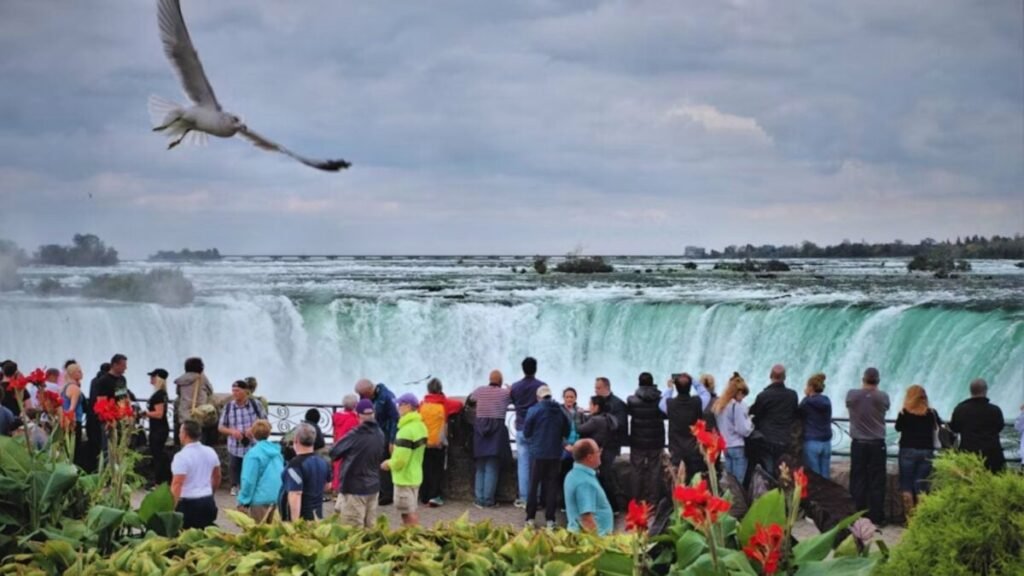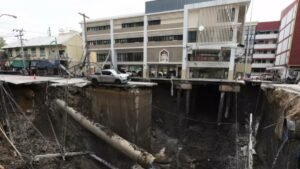“The Inevitable Crash of Tourism: When Jet-Setting Gets Too Convenient for Our Delicate Planet”

Until half a century ago, flying was a privilege reserved for a minority. Today, it is a daily, almost banal act. Airlines have turned the European sky into a global highway and airports into cities within cities. What began as has transformed into a gigantic machinery, sustained by millions of annual flights that never stop, day or night. Behaving like a mirror of the global economy, every uptick in GDP brings more passengers, more routes, more fleets. Not even economic crises, terrorist attacks, or pandemics can halt the expansion for long. The system seems programmed to keep growing… even if the planet is not.
The new travel fever unleashed the so-called revenge travel: millions of people decided to make up for lost time by traveling more, farther, and more frequently. This was added to the bleisure phenomenon, a fusion of leisure and work driven by telecommuting, blurring the boundaries between the office and vacations. The result: There is no longer a high or low season, just a rising line that keeps planes full all year round. And although the industry celebrates this balance, the planet is starting to suffer.
The physical and climatic limit encounters three walls: the physical, the social, and the climatic. The first is evident: airports cannot grow indefinitely, nor can cities accommodate an infinite number of visitors. The second is reflected in the growing resistance of local communities, which impose taxes, quotas, and restrictions to regain control of their spaces. And the third, the most serious, is marked by the climate. Flying already accounts for almost 9% of global emissions, and aviation holds the majority of that footprint. Technological advances do not compensate for the speed of growth: while air traffic increases by 4% annually, efficiency only improves by 0.3%. Each new plane delivered means more fuel burned, more CO₂, more warming.
The paradox of progress is a mirror of globalization: it connects the planet while wearing it out. It democratized travel, but at the same time made finite what seemed infinite. Its greatest success—making the entire world accessible—is also its greatest threat.
Perhaps the question of the future is not how we will travel, but how much the planet can withstand if we all continue to do so. Because it is no longer about inventing more efficient planes, but redefining the meaning of traveling in a saturated world. The collapse will not come suddenly, but in silence: in overflowing airports, cities turned into sets, and a climate that, every year, will remind us that flying has a price that no one can afford anymore.







